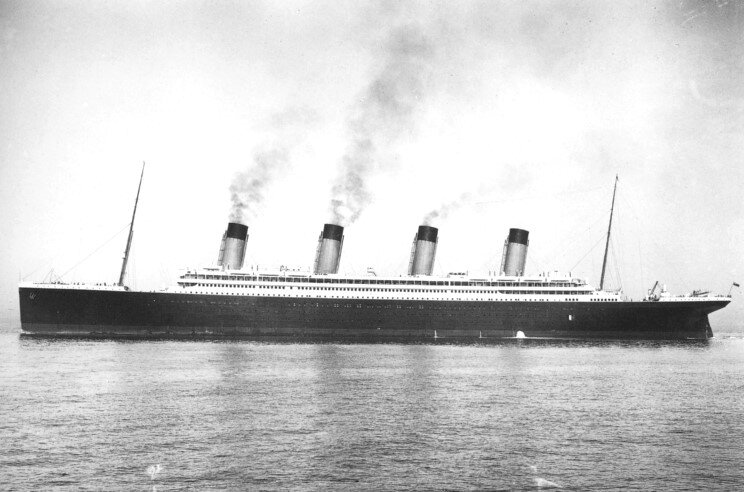How to get started in genealogy
/How to get started in genealogy
How much do you really know about your family history? If you’re like most people then you might know some of the details, like your parents or grandparents names; but far too often our family memories are all that are left of precious and important information about our families. Information such as where people were born, where they immigrated from, what children they had, how they were related to others and even where they died—all of this can be researched and carefully documented with the right tools and hard work.
If you are looking to explore your family history, it’s time to get interested in genealogy. The following guide will help you get started in genealogy, step by step.
Step One: Figure out what you already know
The first thing you need to do is figure out what you already know about your family history. Who are the people in old family photographs? Do you know the names and biographical information about your parents, grandparents—siblings? Aunts? Uncles? Everything you know should be written down so that you know what you are starting with as you begin your journey.
Step Two: Create a goal
Next, you’ll need to create a goal. What exactly are you looking to accomplish? Establish more family history facts? Expand upon family memories? Find out who is in specific old family photographs? Create a family tree that goes back a certain number of generations? The more concrete your goal, the better.
Step Three: Write down possible sources
Now it’s time to start considering your possible sources. Sources can include browsing through old family photographs, asking existing family members for their information, archival records in your local area or the area where your family lived, as well as websites dedicated to helping people find out more about their ancestry. Remember that some of these sources may require payment to fully access, but the fees are typically reasonable considering all of the information you may be able to access.
Step Four: Get researching
Next, you can finally start your research. Get all of the information that you possibly can, even if it might not seem helpful at first. It’s better to have too much information than not enough, after all! Remember that your research may be ongoing for some time, depending on your goal with all of your genealogy research. It’s important not to give up and to keep working, even if you stumble on some dead ends from time to time.
Step Five: Analyze and Report
When you have enough information to start taking what you’ve found out through your research, analyzing it—and finally reporting it in some way. This can mean inputting information into a family tree or printing out photos to put in an album or creating a report-style pamphlet or book with the information you’ve discovered.
Getting started with genealogy can seem overwhelming, but if you follow the above steps you will be on your way in no time.
Check out our 10 questions to ask your parents before it's too late!
To learn which is the best software for doing a family tree click here.
To learn how to film your grandparent with a smart phone click here.
To learn how to trace holocaust survivors and victims in your family history click here.
To learn whether we should record the lives of our pets click here.






























































